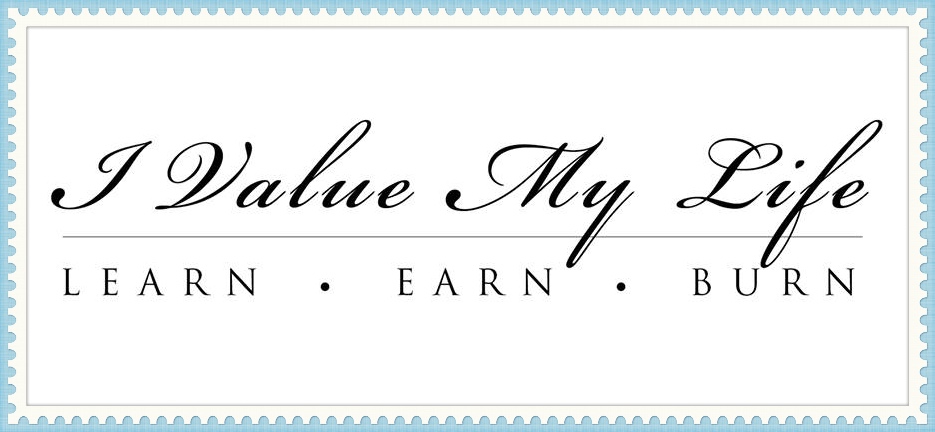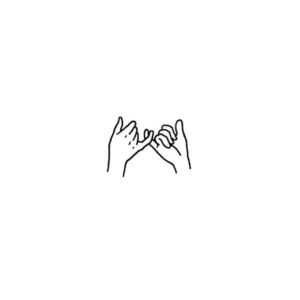Effective communication is the key to establishing one’s understanding of just about anything. But with all the challenges that the whole communication process had been facing for almost a year now with the social distancing and lockdowns, are the parameters in moulding still the same as the traditional way?
What are these parameters in the first place?
The communication process begins as a sender sets a message to get decoded by a receiver to generate feedback. While several ways can help out in establishing effective communication, interpretation plays an essential role in the process. Now, this is when it gets crucial. Our manner of delivering a message is a big factor for effective communication to take place.
Why do we have to consider the effectiveness of communication?

When establishing a connection may it be a personal one or professional, communication is the best way to start the journey. It gives relationships a structure for owning the ability to resolve conflicts. That way, it harmonizes and it helps it develop to be better. But what many do not know is that, beyond words exchanged when communicating, there are the verbal cues that concretize the structure.
Businesses thrive on effective communication for each published content featuring their product or service. Considering a specific context fit to the platform where dedicated communities exist. They come in ads, posts, audio content and video format – name all gimmick there is, and it is out there. Magically, it gets to reach out to each individual effectively because of the massive data available to the internet detecting leads which is slowly becoming the best approach to make a potential reader or spectator into a buyer.
In that sense, having massive sales could mean effective communication.
Downsizing this very topic into a simple conversation, how can a connection be established effectively?
Equivalent to these factors on a narrowed down magnitude say in a simple conversation, effective communication doesn’t only become so without the help of non-verbal cues. It simply gives it more emphasis when the voice is used with resonating tone and volume, including hand and facial gestures.
For example, a proposal is associated with one knee on the floor. A hug comes from somebody who shows care. Anger would not be so if not for an awful grimace with a loud voice. Non-verbal cues give emphasis on what an expression aims to achieve. So let’s dig deep into how it affects communication.
Have a glimpse of how these photographs at the bottom progressed. Exercise your sense of interpretation by giving it a story in your head. Assess yourself afterwards what made you generate this story. You’ll be surprised that you were able to interpret it based on the actions each picture depicted and how each facial expression signified what was actually happening.





It’s not hard to conclude that it had a happy ending after all. But it gets you to ask…
How do non-verbal cues affect communication?
Non-verbal cues envelop a statement with a gesture, tone, loudness of voice, posture, eye contact and facial expression. Distance may sometimes, suggest an emphasis on one’s manner of communicating. As a sender and receiver may stand feet apart, shouting may be necessary to pass information. In this case, it doesn’t suggest strong emotions like anger but, it represents an effort to exclaim.
We can all use a friendly reminder.
Be careful with your words when you talk to people. Non-verbal cues resonate meaning more than what gets said. Knowing the common ones may lead you to know which needs rephrasing. Consider connecting to somebody on a more personal level special but non-circumstantial. Though true friends tolerate mindless responses, working, therefore, connecting at a certain organization is different. Because of its established culture, their manner of talking is already given structure.
However, the intention may direct one to communicate effectively.
Intention reflects any form of hostility, reluctance, acceptance, engagement, and other common non-verbal cues. It also expresses something essential, the ability to connect deeply. The beauty of it is that when what you want to express is the truth, it deserves to gets through. If you are able to do that, you have nothing to lose. Don’t be afraid to get real by knowing how to use the different kinds of body language.
UNDERSTANDING ONE’S BODY LANGUAGE
THROUGH NON-VERBAL CUES
Communicating is a step towards the development of essential language skills. As the reach of everybody goes massive on a global scale, while conversing through social platforms, let us all be aware of what we may need to work on as it favours learning overall. Today’s post is also dedicated to Global Communications in the World today.
When messages are conveyed and are interpreted appropriately, the connection gets established and feedback is generated. Here, ideas, messages, and learning – anything that would facilitate growth – may be exchanged.
Non-verbal behaviours compose 70% of our entire communication most of the time. Humans are social beings. Try to go through the true meaning of statements through these common non-verbal cues.
1. Raised eyebrows.
Tackle uncomfortable issues and eyebrows would rise for sure, personal questions included. Somehow, this is a gesture that could mean, “Seriously?”
2. Eyes are the windows of the soul.
The eyes mirror a person’s actual interest. It shows a positive response through a confirming genuine contour of the eyes complimenting a smile, or a negative one with crooked eyebrows. Be mindful of those with a stare that lingers too long for it could mean both, sincerity and lying.
3. Your voice may say a thing or two.
The rising and falling of the voice pitch reflect an interest. Compared to a monotone, non-changing pitch, a multi-tone pitch marks an engaged person.
4. Mirroring is twinning.
While conversing, if the message receiver shifts the same way the sender does (or vice versa), one may assume reciprocation is taking place right then and there. Complimenting body languages facilitate one’s capacity to use body language as reflective of affirmative body language. It is a silent, discreet agreement that what the other says gets affirmation.
Also, if they laugh at your occasional jokes within the conversation, most likely, they are fond of you.
5. Red flag on crossed legs.
Sitting with crossed legs may mean two things:
(a) Ankle over knee means the person is confident and dominating;
(b) “ankle lock” in which you cross your legs at the ankles reflect engaging or getting involved only halfway.
Generally, it speaks of hesitation and uncertainty and may also denote fear. Watch out for the shaking legs. They reflect a shaky inner state too. Know that an open posture denotes unlimited potential in achieving effective communication.

